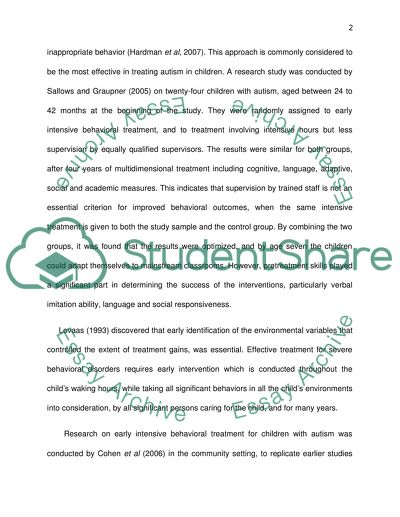Cite this document
(“Autism Research Paper Example | Topics and Well Written Essays - 1000 words”, n.d.)
Retrieved from https://studentshare.org/nursing/1425244-autism
Retrieved from https://studentshare.org/nursing/1425244-autism
(Autism Research Paper Example | Topics and Well Written Essays - 1000 Words)
https://studentshare.org/nursing/1425244-autism.
https://studentshare.org/nursing/1425244-autism.
“Autism Research Paper Example | Topics and Well Written Essays - 1000 Words”, n.d. https://studentshare.org/nursing/1425244-autism.


